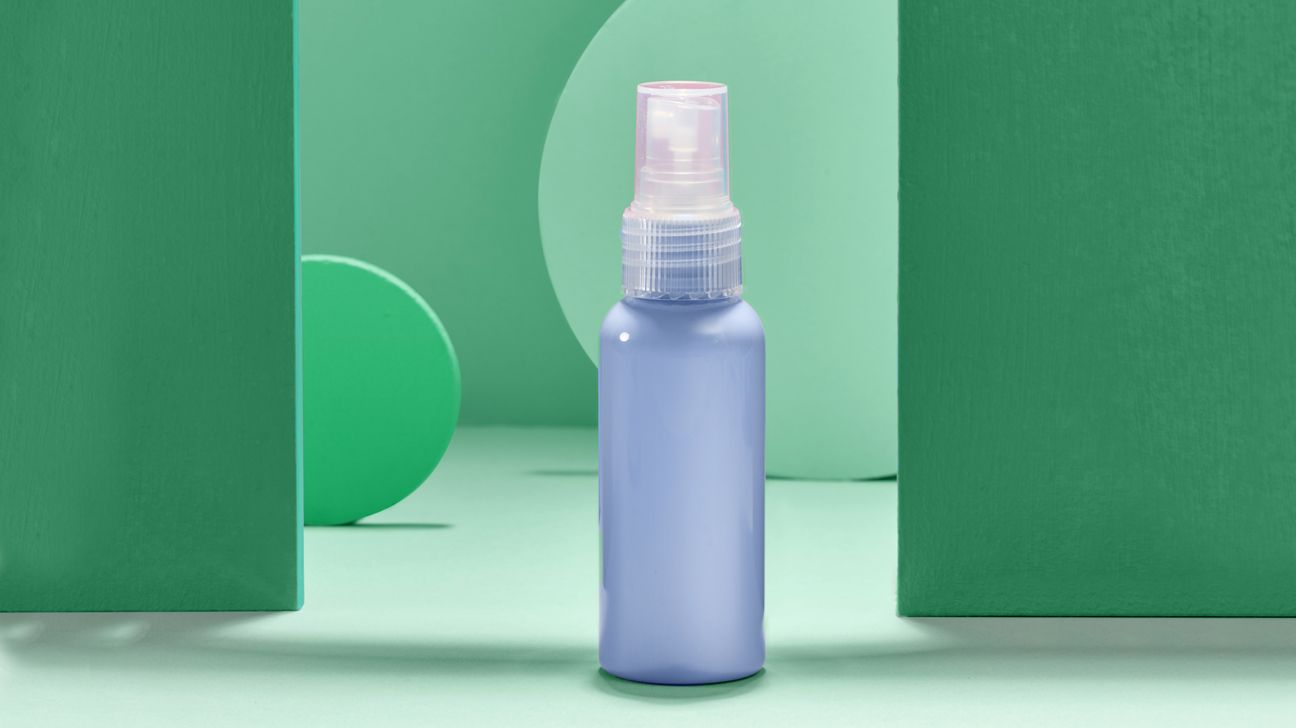Even if you don’t know much about glycerin, chances are you’ve had some experience with the stuff. This workhorse is one of the most commonly used ingredients in skin care and cosmetics products and more people are using it for DIY skin care, too.
That’s because when it comes to personal care ingredients, glycerin pretty much ticks all the boxes: It’s safe, inexpensive, easy to get, and above all, it makes your skin look like the best version of itself.
So what exactly is it and how can you use it for the best results? Here are the goods on glycerin, how to reap the benefits, and whether there are any risks or downsides you need to know about.
Glycerin, aka glycerine or glycerol, is a colorless, odorless liquid that occurs naturally in both plant and animal matter, but is often derived from cane sugar or soybeans.
It’s used in a megaton of personal care and cosmetic products for its humectant properties — meaning it attracts water and helps hold water in. Basically, it’s a super-effective moisturizer that stems from a natural source.
Glycerin delivers loads of hydration while giving your face (and the skin on the rest of your body) a fresh, smooth, dewy look. But because it’s still lightweight and doesn’t clog pores, it works for pretty much every skin type, including oily and sensitive skin.
Glycerin is a top-notch hydrator because it mimics our own skin’s natural moisturizing factors — water-attracting molecules that keep your dermis from drying out.
And it doesn’t just quench thirsty skin. Glycerin actually helps to protect and improve your skin’s protective barrier to help lock moisture in and protect it from irritants, including harsh cold or dry air.
Add it all up, and it’s no wonder that some researchers have dubbed glycerin the victor over powerful moisturizers like hyaluronic, lactic, and glycolic acids.
Glycerin is considered to be a safe, nontoxic ingredient. (Which is really good, considering how widely its used.) And even if you use a lot of it, it won’t build up in your system over time.
So overall, it’s perfectly fine to use glycerin-containing products or a DIY mix of glycerin combined with other products on the reg.
You probably want to steer clear of applying 100 percent pure glycerin to your skin, though. Going full force has the potential to make your skin irritated. And if it gets in your eyes, it’ll sting and burn like hell. (But thankfully, shouldn’t cause any permanent damage.)
As with all skin care products, you should always be aware of the potential for an allergic reaction — typically marked by redness, itching, burning, or irritation. And while glycerin allergies are pretty rare, you should definitely stop using the stuff if you suspect you’ve got an allergy on your hands.
Chances are you’re already using glycerin in one — if not all or most — of your personal care products already.
But if you want to get a more concentrated dose or try a DIY approach, your best bet is to use pure vegetable glycerin in combo with other skin-friendly ingredients, since applying a straight dose of the stuff can be irritating.
So what does it work well with? One favorite is mixing glycerin with rosewater. Not only does the latter smell amazing, it’s loaded with antioxidants that can fight skin inflammation and redness and even exert anti-aging activity.
Adding a few drops of glycerin to your favorite oil — like coconut, olive, or jojoba — can also be a good moisturizing option.
TBH, you can mix glycerin with pretty much anything. But we’d recommend avoiding DIY recipes that combine glycerin with harsh ingredients like borax (yes, recipes like this exist) because they have the potential to cause irritation.
Of course, if you’re going the DIY route, you might have to experiment a little bit to figure out the best way to use glycerin for your skin’s needs.
If you’ve got questions, it’s never a bad idea to check in with a dermatologist. They’ll definitely be familiar with glycerin and can probably share some pointers for how to use it best based on your skin type.
If you’d rather leave the ingredient-mixing to the pros, you can still reap glycerin’s moisturizing benefits with products already on the shelf. You can find it in items like:
- facial cleansers
- moisturizers and eye creams
- toners
- body wash
- shaving cream
- sunscreen
- lip balm and lipstick
In general, it’s A-OK to apply glycerin on a daily basis. But if you notice your skin seems irritated, it’s always a good idea to try cutting back.
tl;dr
Glycerin is a plant-based ingredient with serious skin-hydrating properties. It shows up in a ton of skin care items and is safe to use regularly, either as an ingredient in already-made products or as part of a DIY blend.
Just steer clear of applying 100 percent pure glycerin to your skin. While it’s unlikely to pose a problem when combined with other ingredients, using the stuff straight could be irritating.


